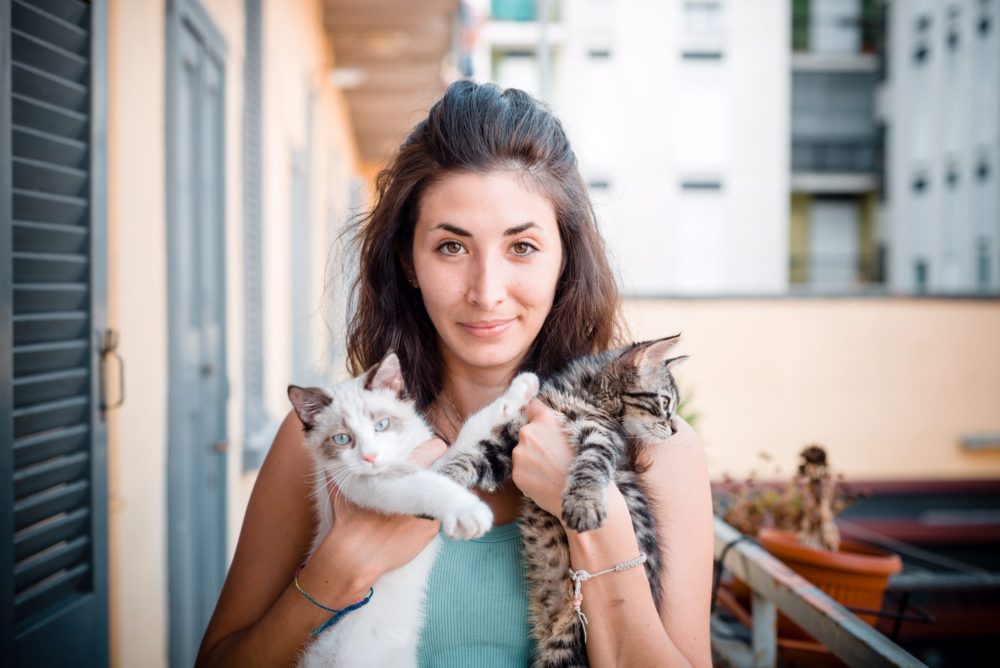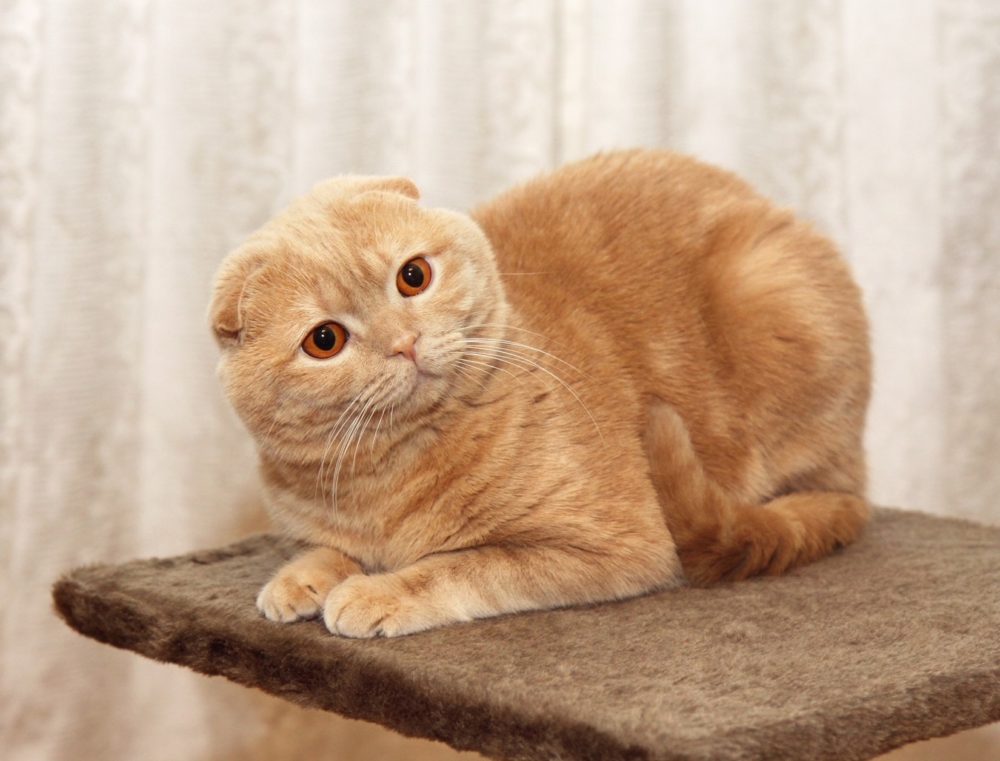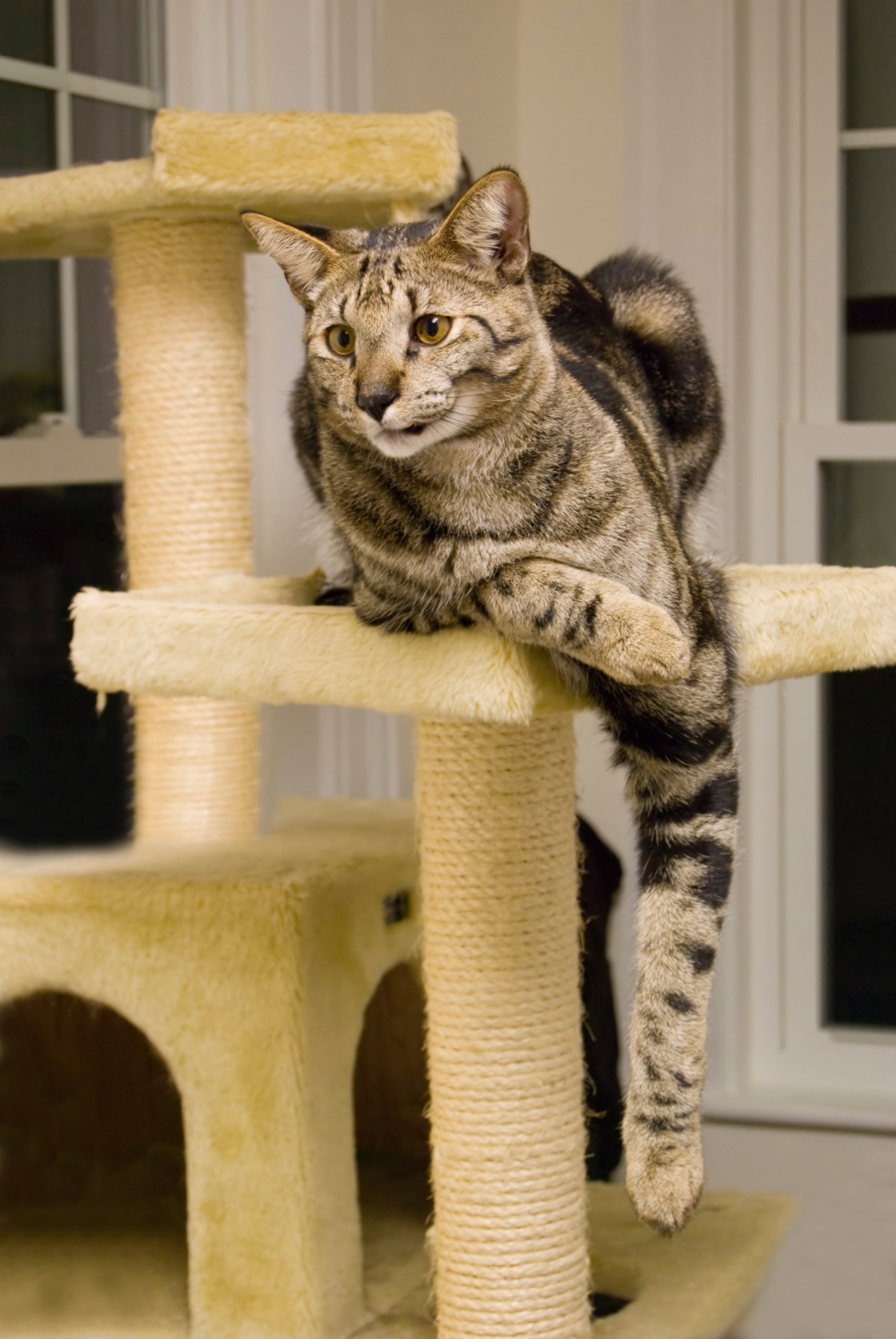
Does my cat need a cat tree? A complete cat tree guide!
Introducing a new cat to be part of your family is a very exiting time. It can also seem a little overwhelming especially when we want to ensure we give them the best that we can. The variety and choice of products on the market is vast and it can be difficult to decide sometimes what items are essential and which are for fun or just a gimmick. A cat tree can be a relatively expensive item therefore is this something that we should be getting our cats?

Does my cat need a cat tree?
Although there are factors such as space, cost and the risk that your cat may not like the cat tree, in our opinion, the advantages far outweigh any such obstacles. It is something most cats will enjoy, use daily and it will enhance the quality and well-being of their lives. Therefore, the short answer to the question is – YES, your cat does need a cat tree.
Cat trees can provide many advantages to your cat’s health and well-being, these advantages include:
Exercise
Cats love to climb, jump, balance and a cat tree can provide a safe area to do this. The multi-level design of cat trees enables cats to embrace their love of higher spaces.
Play time
As well as exercise, the multi-levels provide an opportunity for play which is as equally important for the well-being of your cat. Cat trees can include tunnels, places to hide, and dangling toys – all adding to the element of fun.
Scratching post
Having a scratching post for your cat is essential. Check out our article ‘Why do cats need a scratching post’ for a detailed explanation of why it is so important. By having a scratching post included in the cat tree this can save a little on space or be an additional one for your cat to carry out all their scratching urges.
Place to nap
Given than cats spend up to 16 hours a day sleeping, or napping, having suitable and ample resting areas is key. Many cats feel safer sleeping in a higher position and a comfortable position on a higher level of the cat tree can be perfect.
Somewhere to feel safe
Cats feel safer when in a higher location. A cat tree can help a cat to feel safer knowing that if they feel under threat moving to the cat tree’s higher tiers can provide a feeling of safety and security. By being higher, cats can see their environment better and will be forewarned of any threats.
Considerations when buying a cat tree
Having made the decision to buy a cat tree, there are a few key considerations that will ensure that the right cat tree is purchased for your cat, and your home. These factors to consider include:
Cost
The cost of cat trees can vary enormously from under $/£50 to several hundreds, with even some luxury brands selling cat trees for around two thousand dollars / pounds. Of course, it will vary what each one of us can afford but given the daily usage of a cat tree, it is most definitely worth buying the best that you can afford. It provides so many benefits to the health and well being of our cats that it may be best to view a cat tree as an investment.
Quality and sturdiness
For safety and durability, it is most definitely worth investing in a sturdy well-built cat tree. A wobbly cat tree, or even worse, one that may topple over when your cat jumps from tier to tier could frighten your cat, or even hurt them.
Size and number of cats
Consider the size of your cat/cats. Larger cats such as Siberian and Maine Coons will be larger and heavier therefore will need the resting areas to be large enough for them to nap comfortably and the steps and ramps to be wide enough. A multi cat household would be best having a larger cat tree with several tiers and more resting areas.
Age of cats
It is worth giving some thought to the age of the cats using the cat tree. Mobility and needs vary especially as cats get older. See the sections below on choosing cat trees for kittens and older cats.
Size and space
Cat trees can vary in their size – both in width and height. Check dimensions carefully before purchasing and decide where the cat tree will go to ensure there is enough room in your home.
Cat tree construction
The more elaborate the cat tree design, and the larger the cat tree is, then it’s construction may prove a little more challenging than one of a basic design. Due to their size, cat trees often come unassembled, and whilst many of us don’t mind a little DIY, it can frustrate many! Most are fairly easy to put together, and come with clear instructions. Otherwise I’m sure there will be a willing friend or neighbor that would be happy to help.
Will my cat use a cat tree?
 This is a question that cannot be answered with certainty. All cat owners will have experienced at some time or another the stubborn, determined streak of their cat. Given the versatility of cat trees to address several needs and functions including play, rest, scratch and exercise, it is likely that it will be used for some, if not all, of its purposes.
This is a question that cannot be answered with certainty. All cat owners will have experienced at some time or another the stubborn, determined streak of their cat. Given the versatility of cat trees to address several needs and functions including play, rest, scratch and exercise, it is likely that it will be used for some, if not all, of its purposes.
Give your cat time to adjust to this new large object placed in your home. Cats can be very cautious in their approach to new things and it simply may take a week or two for them to get used to it. Encourage them to use it by placing a few treats at the base of the cat tree initially, then on a few different levels. Play with your cat using a favorite toy near the tree initially then edging closer as the game progresses. Do not force your cat to do anything against her will. Gentle encouragement, praise and instilling confidence and feeling of being safe will have your cat using the cat tree in no time at all.
Where should I put a cat tree?
Location of the cat tree can be a key factor as to whether or not your cat will use it. A popular spot is to put the tree by a window, this is a perfect spot for your cat to relax and watch the world go by. Placing the tree in an unused room or a draughty corner is unlikely to encourage your cat to use it. The cat tree needs to be easily accessible and, in a room that the cat uses often. Your cat will feel safer and happier using the tree if they are able to see the rest of the room clearly when they are using the tree.
Can cats share a cat tree?
There are many things that cats don’t like to share. Generally, cats will share a cat tree. In a multi cat household having a tree with multiple perches, at various heights, will allow the cats each to have a perch. It may be that dominance will prevail who has the highest perch, but cats will usually allow each other to be fairly close together on these different perches.
It is quite possible that in a multi cat household they may not be comfortable sharing a scratching post therefore make sure other scratching areas, apart from the cat tree scratching post, are available. Having more than one scratching post with variety in structure, material and location will ensure that everyone is happy.
Can kittens use cat trees?
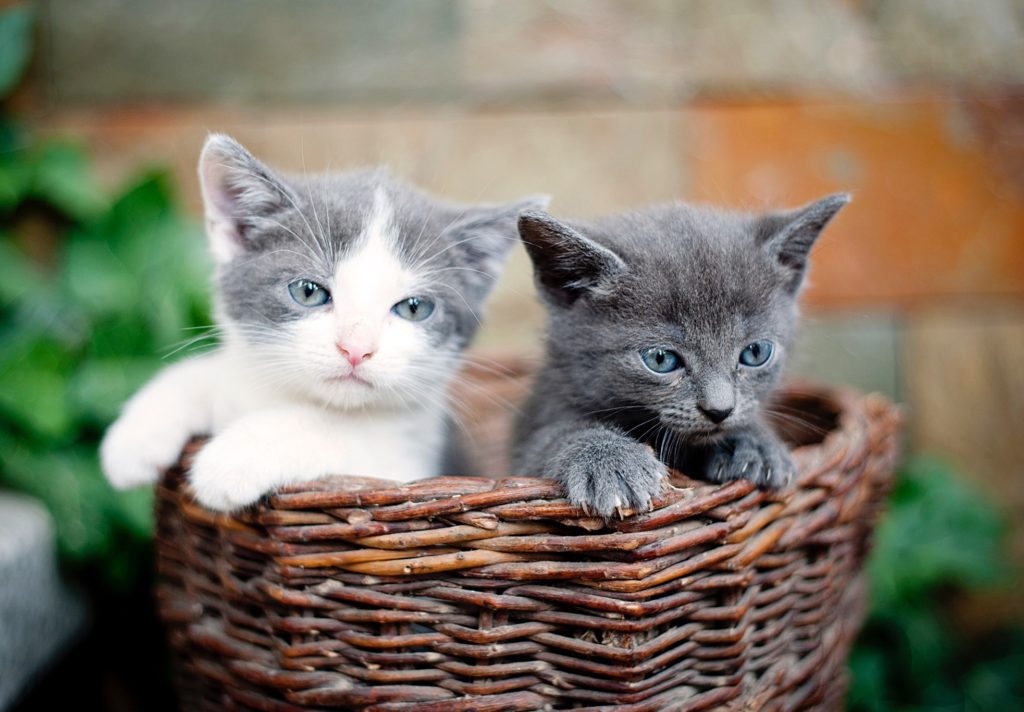 Yes, kittens can use cat trees! In fact, a cat tree is a great idea for kittens. They have boundless energy, love to play and explore, and are busy learning all about their cat instincts such as scratching, climbing and hiding. What seems like just crazy playtime is actually a healthy part of their learning and development. A cat tree will be a safe area for them to carry out some of these activities. Cat trees which include the following features are more likely to best suited for a kitten’s needs:
Yes, kittens can use cat trees! In fact, a cat tree is a great idea for kittens. They have boundless energy, love to play and explore, and are busy learning all about their cat instincts such as scratching, climbing and hiding. What seems like just crazy playtime is actually a healthy part of their learning and development. A cat tree will be a safe area for them to carry out some of these activities. Cat trees which include the following features are more likely to best suited for a kitten’s needs:
- A sturdy cat tree to accommodate all the activity of jumping, hiding and climbing
- A lower cat tree is best for kittens whilst they adjust to heights, climbing and learning how to get down! A tree which is 5ft or under is recommended.
- Plenty of scratching posts or covered areas for scratching. A kitten tends to scratch a great deal so best there are enough options on their toys rather than on your furniture.
- Protective barriers on the resting areas and platforms to protect them as they roll around.
- A household may have multiple kittens – if this is the case, ensure there is enough room for all of them.
- Ramps and platforms that are closer together will make it easier for those little legs to access. Kittens won’t be able to jump like an adult cat initially so easier, safe access is key.
- All cats like to hide but kittens particularly so. A cat tree which encompasses various hiding places will be much used by kittens. The world can be quite intimidating and frightening for a kitten. Hiding is a great safety instinct. From the safe haven of various hiding spaces, they can evaluate the world around them and venture out when they feel safe to do so.
- Play time. Kittens learn through play. A cat tree which can encompass dangling toys, tunnels and condos will provide hours of endless fun.
Here are a couple of our favorite cat trees that are great for kittens:
The first one we liked was this one by Go Pet Club. It’s not too big, a ramp to the first hiding spot and sisal covering on the ramp for that all important scratching instinct.
The second one that we liked was this cat tree by JS Nova Juns. It’s perfect kitten size, complete with a couple of hiding areas, places to nap, scratching posts and a dangling toy.
Considerations when choosing cat trees for older cats
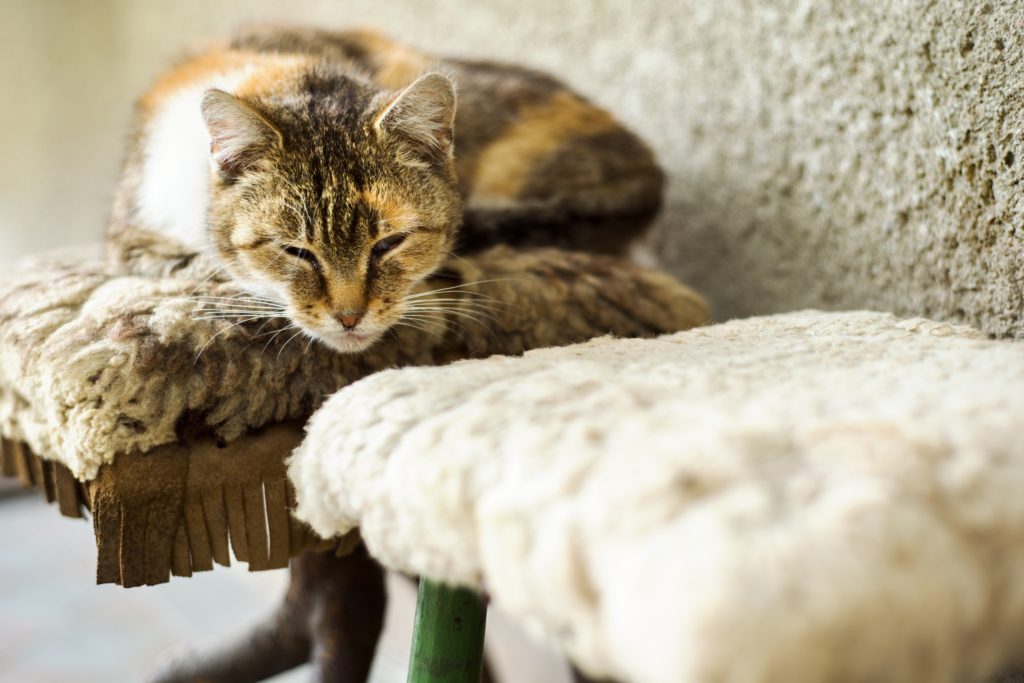 Cats can live until the grand old age of 18, 19 or even into their early 20’s. But it’s worth considering that from the age of 10 onward they are classed as senior and things may begin to change in their physical and mental well-being. By this age cats may have slowed down and be less energetic. They may be less inclined to climb as much and less likely to jump onto higher surfaces. More time may be spent sleeping and napping. Older cats are more likely to spend time alone therefore somewhere to sit and relax in peace and isolation is very appealing. In terms of play, older cats will still enjoy some fun play time. Again, factors of mobility and energy levels may dictate the levels of play involved.
Cats can live until the grand old age of 18, 19 or even into their early 20’s. But it’s worth considering that from the age of 10 onward they are classed as senior and things may begin to change in their physical and mental well-being. By this age cats may have slowed down and be less energetic. They may be less inclined to climb as much and less likely to jump onto higher surfaces. More time may be spent sleeping and napping. Older cats are more likely to spend time alone therefore somewhere to sit and relax in peace and isolation is very appealing. In terms of play, older cats will still enjoy some fun play time. Again, factors of mobility and energy levels may dictate the levels of play involved.
When choosing a cat tree for an older cat, considering the above factors will ensure your cat can use the cat tree despite her age. Cat trees which include the following features are more likely to best suited for your senior cat’s needs:
- Ramps and easier access. A cat tree with ramps or small steps will ensure easier access to the cat tree rather than having to jump up to different levels.
- A comfortable and warm spot to nap. Extra comfort and warmth will be appreciated by older joints which may be more prone to stiffness and arthritis. Look for cushioned, soft coverings.
- Ensure the cat tree is sturdy. A cat tree which is a little wobbly or unstable may cause your elderly cat to lose balance. This could result in an injury or loss of confidence.
- Plenty of room. Having enough room to allow you cat to lie comfortable without worrying about balancing or curling up will be better for older cats.
- Even as their become older cats will still have many of their instincts to satisfy. Having a scratching post and a few toys will be most welcomed.
If you have any concerns regarding your elderly cat and their varying requirements, then please contact your veterinary for further advice.
For further information about ensuring the best quality of life for your older cats, check out the following articles:
Best toys for an older / senior cat
16 Top tips to ensure the senior years are comfortable for your old cat
Here are a couple of our favorite cat trees that are great for older cats:
The first tree we like is this cat tree by Trixie pet – the Elsa Senior cat playground. With stairs to access the upper tiers, cozy areas to nap and covered in plush, soft materials it really does tick all the boxes.
The second one we really like is by Feandrea. We have chosen this one as we feel this suits kittens, older cats and the stages in between.The lower levels are great for the young and old cats whilst the higher tiers will give plenty of options for the adult years. The soft material, places to hide, several napping areas, scratching posts and dangling toys will enhance your cat throughout her years.
 Is it ok to buy a second-hand cat tree?
Is it ok to buy a second-hand cat tree?
Many of us are becoming increasingly environmentally conscious and try to make decision that reduce waste. Buying second hand items and up-cycling are great ways of reducing waste and our carbon footprint. But is it ok to buy a second-hand cat18 games to play with your cat tree? Opinions do vary on this topic, including opinions among veterinarians. Our research has found that the main factors of concern when buying or acquiring a second-hand cat tree are:
- Odors from previous cats. Cats have a very well-developed sense of smell and depend on scent considerably as a form of communication. These specific scents can last a long time and are unique to each cat. Scent in urine and faeces also aid a cat’s communication particularly for marking territory. A cat tree with unfamiliar smells of a strange cat may result in your cat marking the cat tree with their urine. Any items with coverings of carpet, material, sisal and so forth will be more difficult to clean compared to a plastic or rubber item.
- Viruses, fleas and bacteria can survive for periods of time in carpet and materials and could easily be transferred to your home. Items would need to be deep cleaned and thoroughly inspected.
- Damaged or broken items. An unsteady, or damaged cat tree could result in your cat having an injury. Cat trees need to be sturdy and safe.
We found the following article useful on buying second-hand goods for pets:
https://www.petmd.com/dog/care/how-safe-are-secondhand-used-pet-supplies
In our opinion, cat trees are an investment. They are items that most cats are likely to use daily, for many uses – climbing, scratching, napping, playing – and so investing in a good, sturdy, quality cat tree will serve your cat well.
Are cat trees worth it?
Having evaluated the above information and having seen the use that our cat tree gets, we are in no doubt that a cat tree is a great investment. They tick many boxes, serving many purposes, and certainly enrich the lives of cats. A good sturdy, quality cat tree will last many years and will be something your cats will use several times a day, every day.
__________________________________________________________________________________________________________________________
Other articles you may find of interest:
Why do cats need a scratching post?
How to keep your cat happy – 10 key factors
18 games to play with your cat
10 ways to become a green, environmentally, eco-friendly cat owner
